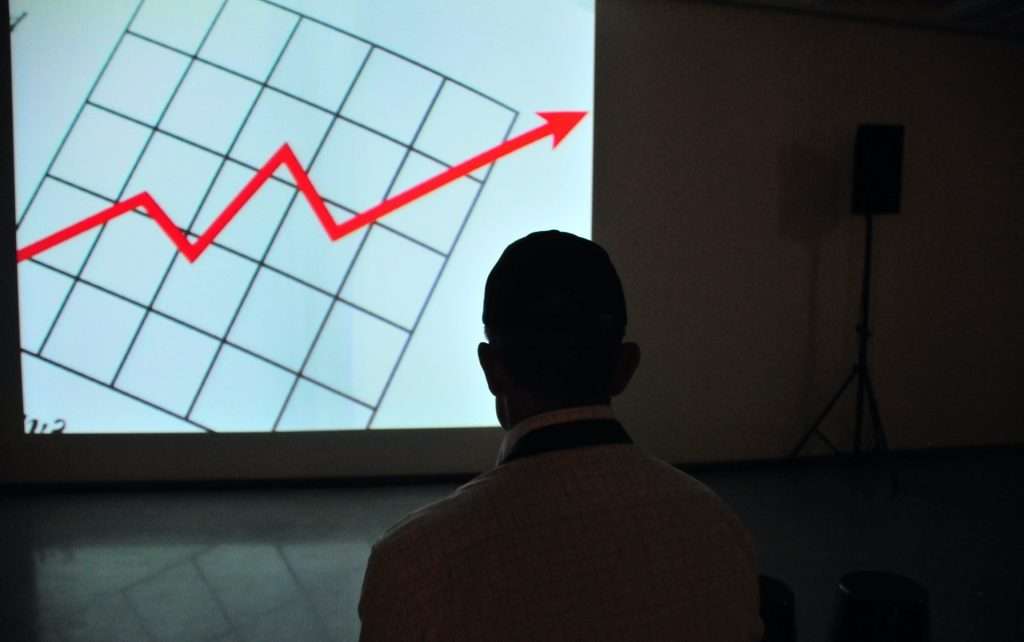It can be hard to stay ahead of the curve regarding security. As new threats are identified and patched, attackers find new ways to exploit vulnerabilities.
The best way to combat these threats is through a coordinated effort between development, operations, and security teams, and this is where DevSecOps comes in.
Understanding DevSecOps

If you find yourself asking the following question, “what is DevSecOps?” you’re not alone. It’s a relatively new term that is gaining popularity in the tech industry.
DevSecOps is the practice of integrating security into the software development lifecycle. This means that security is considered from the very beginning of the project rather than an afterthought.
There are many benefits to this approach, including:
- Reduced attack surface
- Faster response to threats
- Improved communication between teams
Securing Your CI/CD Pipeline
Now that you understand DevSecOps, let’s take a look at seven ways to secure your CI/CD pipeline:
1. Implement a Least Privilege Model
Implementing a least privilege model is one of the most effective ways to secure your CI/CD pipeline. This approach limits access to sensitive data and systems only to those needing it.
For example, you would give developers access to the code repository but not the production servers.
2. Use Secure Authentication and Authorization

Using secure authentication and authorization is another important security measure. Authentication and authorization ensure that only authorized users can access the CI/CD system and can only perform actions they are allowed to.
One way to do this is using role-based access control (RBAC). With RBAC, you can assign users to different roles with different permissions. For instance, you could have a developer role that can push code changes but not deploy them.
3. Encrypt Sensitive Data

Encrypting sensitive data is another vital security measure, and this is especially important in cloud-based CI/CD systems, where data is often stored remotely. Encrypting data can remain confidential even if an attacker intercepts it.
Encryption is the process of transforming readable data into an unreadable format. This is usually done using a mathematical algorithm known as a cipher. Someone with the cipher key can only transform the data into its original form.
4. Validate Inputs
Validating inputs also contributes to being a security measure. The process here involves checking user input for errors and ensuring it is in the correct format. Such validation helps to prevent malicious input from being processed by the system.
Invalid data can often be used to exploit vulnerabilities, so it’s important to check that it is valid before processing it.
One way to validate inputs is to use a whitelist. A whitelist is a list of allowed values; any input not on the whitelist is automatically rejected.
5. Handle Secrets Carefully
Secrets are pieces of information that should be kept confidential, such as passwords and API keys. They need to be stored securely to prevent them from falling into the wrong hands.
One way to do this is by using a secrets management system or password managers with advanced security. These tools help you securely store, manage, and rotate secrets.
Another way to handle secrets carefully is to use environment variables. Environment variables are set in the operating system environment and can be used to store secrets, such as API keys.
The advantage of using environment variables is that they are not stored in plaintext. This means that if an attacker gains access to the CI/CD system, they will not be able to see the secrets.
6. Perform Regular Vulnerability Scans
Performing regular vulnerability scans is another important security measure. Vulnerability scanning is the process of identifying and assessing vulnerabilities in a system. The process helps to identify weaknesses that attackers could exploit.
There are many different types of vulnerability scans, but some of the most common are network scans, web application scans, and database scans.
7. Monitor Activity and Logs

Monitoring activity and logs are the processes of tracking events that occur in the system. This information can be used to detect suspicious activity and investigate incidents.
Logs are a valuable source of information for security. They can be used to track user activity, identify anomalies, and investigate incidents.
Many different types of activity and logs can be monitored, but some of the most common are system logs, application logs, and network traffic.
Monitoring activity and logs can help to detect suspicious activity and investigate incidents. It can also help to identify areas of improvement in the security posture.
Conclusion
Implementing these seven security measures can help to secure your CI/CD pipeline and prevent attacks. However, it’s important to remember that security is an ongoing process. There are always new threats and vulnerabilities, so you must keep your security posture up-to-date.
Regularly review your security measures and ensure they are adequate for the current threats. Also, keep up-to-date with the latest security news and advisories. This will help you to stay one step ahead of the attackers.






